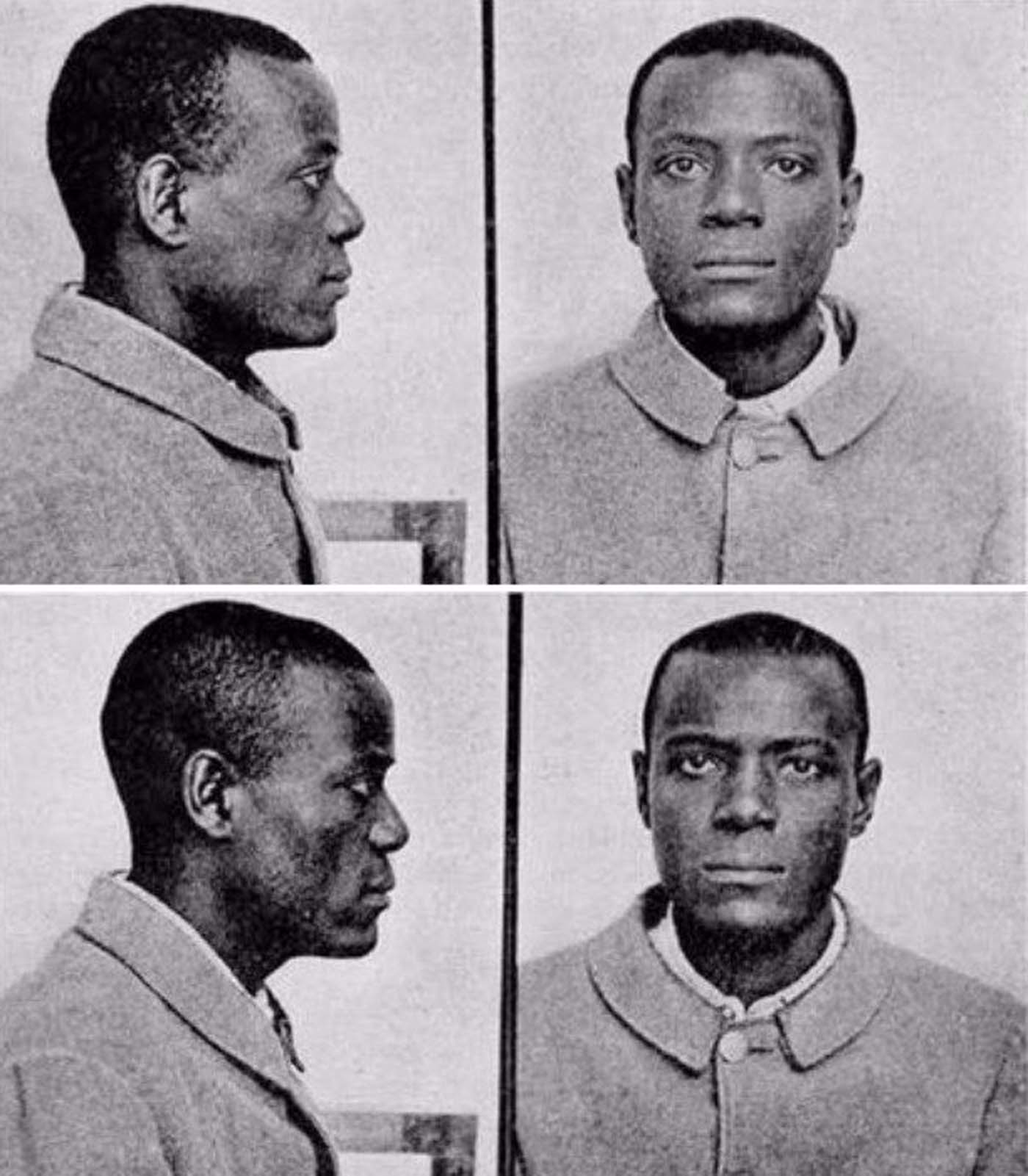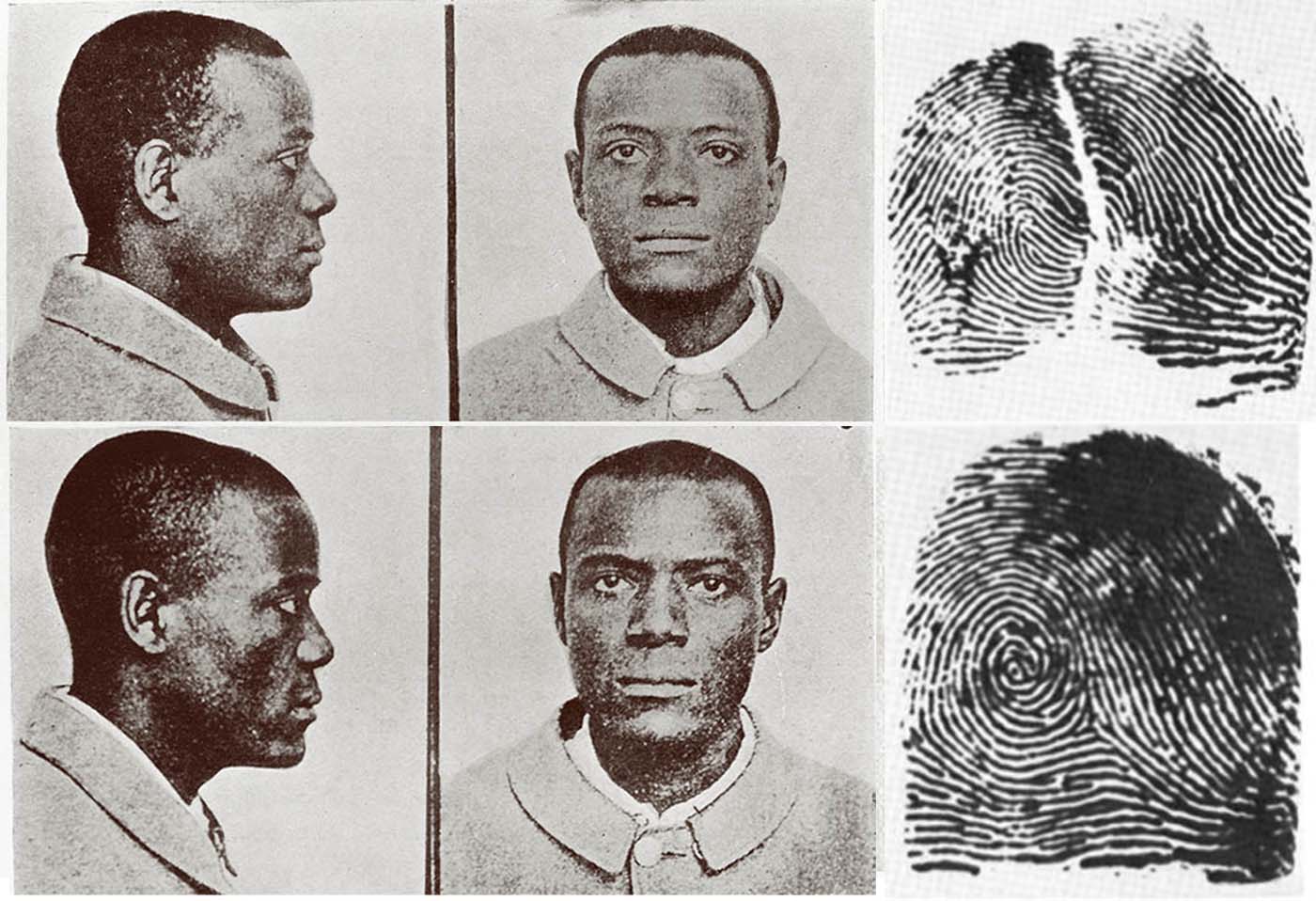
William West, an African American, entered the prison at Leavenworth in the United States on May 1, 1903. He went through the required check-in procedures and the routine Bertillon measurement system.
While putting in his details, the identification staff saw his measurement and photographs were very similar to that of William West, an inmate who had previously been convicted of murder. The police were not surprised as they assumed that he was a convicted criminal who had gone back to committing crimes.
William West, however, denied the conviction. The police didn’t believe it till they saw that another William West, the owner of the previous record, was already serving his sentence in the same city.
The similarities between the two men were surprising as they had the exact anthropometric measurements, looked similar and bore the same name. However, their fingerprints were different. This flaw marked an end to the anthropometric system and the beginning of the fingerprint system.
Some scholars upon research have found that this wasn’t the complete story. The flaw in the West case was the willingness of the police officials to look over the 7mm difference in the two men’s foot length.

This was a much more significant deviation from what the stringent Bertillon system allowed. The willingness to overlook this fact resulted from the perceived uniformity of racial minorities.
The knowledge that no two humans could possess the same fingerprint was present even in prehistoric times. However, the fingerprint system gained credibility after Charles Darwin’s cousin, Francis Galton, saw great potential in this technique and decided to work on it.
He felt that applying fingerprints could help the colonial government identify the native Indians they had claimed were unidentifiable. He designed them into these categories: “arches,” “loops,” and “whorls”.
Edward Henry, a colonial police official, eventually improved this system by designing a more effective way to sort loops and whorls into smaller groups. This system was finally tested by the British government in India and was very successful.
By the 1920s, fingerprinting was the dominant identification technique for most parts of the world.


